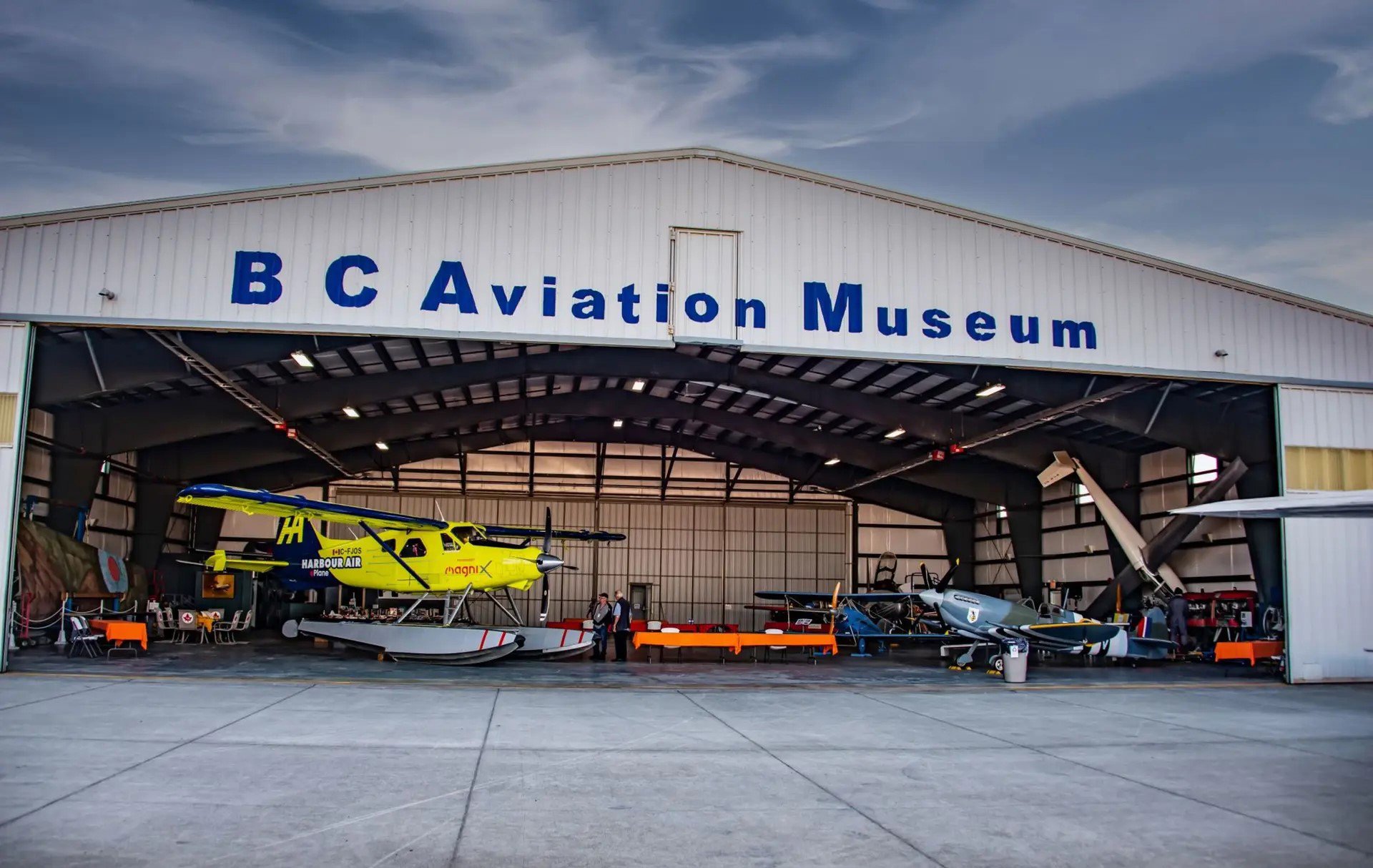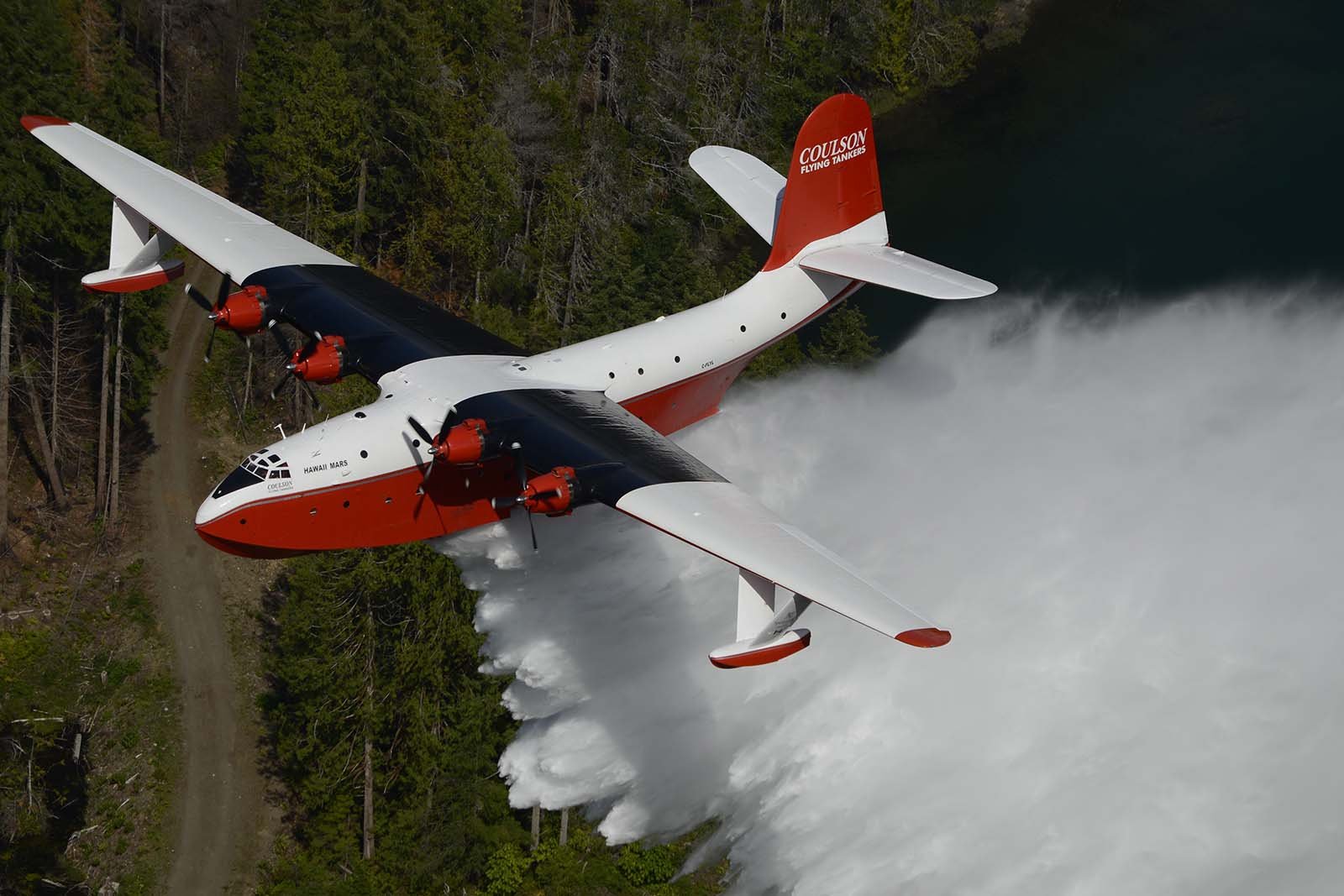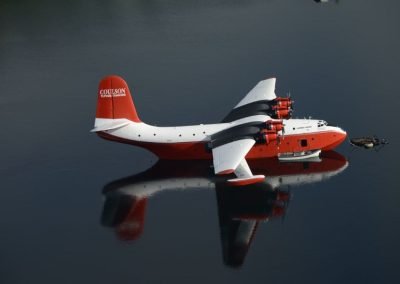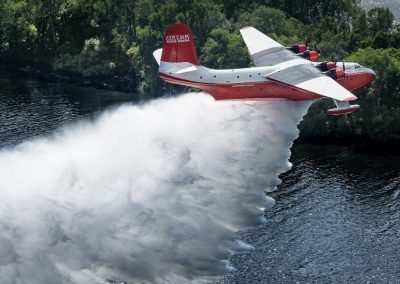Hawaii Mars to be Donated to the BC Aviation Museum
Coulson Aviation is pleased to announce that we are donating the Hawaii Mars to the BC Aviation Museum, where it will be its final resting place.
We have let go of the disappointment of having to retire the world's greatest waterbomber and now focus on its amazing aviation history, which dates back to 1945 when it was delivered to the US Navy as the largest aircraft built during the WW2 era.
After the bombing of Pearl Harbor, the fleet of five Mars aircraft was repurposed from long-range bombers to long-range freighters to support the Hawaiian islands. They made five trips a week between San Francisco, San Diego, and Hawaii.
During the Korean War, both the Hawaii and Philippine Mars were converted to medical air transport lifts and were outfitted with 124 liters for critically injured soldiers, moving thousands of troops from Hawaii to the West Coast of California for medical attention.
After the retirement from the US Navy in 1958, the four remaining Mars aircraft were purchased by a consortium of timber companies on the west coast of BC, and forest industry flying tankers emerged.
In 1961 the first Mars converted to a waterbomber - the Marianas Mars - was lost in an accident where four crew perished, however by 1963 both the Hawaii and Philippine Mars went into service and operated safely and very successfully for 55 years.
The purchase of the Hawaii Mars and Philippine Mars in 2007 has been pivotal in our company's history as it was the start of our first fixed-wing air tanker operations in aerial wildfire support.
The Mars waterbombers served the Province of British Columbia from 1960-2015 and over the span of 55 years dropped over 50 million gallons each which is more water on fires than any other single firefighting aircraft in history anywhere in the world.
These airplanes are the undisputed world champions in aerial firefighting water delivery and have undoubtedly proven the concept of an initial attack at the start of a wildfire.
Coulson Aviation would like to acknowledge and thank the BCFS, USFS, and CALFIRE for allowing us, since 2007, to showcase our company's capability to safely and effectively operate these aircraft and serve ground firefighters and citizens under the threat of fire.
It has been an honor for our family to be entrusted with these aircraft and the hope they represent for the public in time of need as we have all been negatively impacted in some way by the devastation of wildfire.
We will immediately start preparing the aircraft for its final destination, the BC Aviation Museum in Victoria. We are very appreciative of the wonderful people we are working with at BCAM, who have helped make this final journey of the Hawaii Mars its most important mission.




